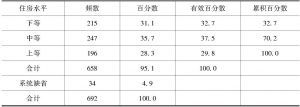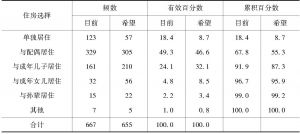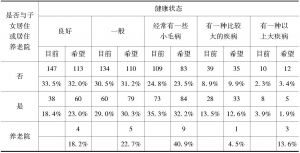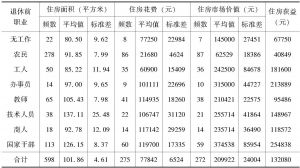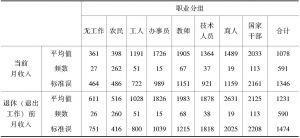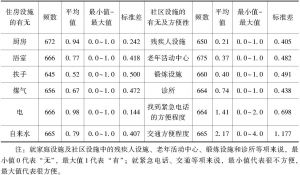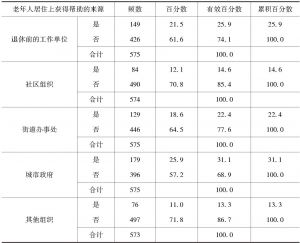论文
分化或特色:中国老年人的居住安排
摘要
本研究主要着眼于西方现有文献,并以231名大学生作为访谈员,针对中国城乡老年人的居住安排,于2009年9月访谈了692位老人,研究发现:中国城乡老年人的居住安排呈现多样化特征,不过主流是老年人独立居住,有67.8%的受访者没有与自己的成年子女居住在一起;大多数老人居住上有比较高程度的不方便,其所居住的社区针对老人的服务和设施相当欠缺,尤其是针对残疾老人的设施更是奇缺;不过,老年人在使用社区设施上群体性差异较小;老年人在居住方面获得包括单位在内的机构的帮助已经很少;住房条件和财产权利构成了中国老年人社会分层的基本尺度。我们认为上述发现具有与西方发达国家老人住房安排和选择不一样的特征,这些特征蕴含着中国特色。
作者
检索正文关键字
论文目录
- 一 文献回顾
- 二 研究方法
-
三 老年人的住房安排及选择
- (一)老年人住房消费
- (二)居住选择
- 1.老年人的居住现状
- 2.老年人的健康和共同居住选择
- (三)老年人的住房财产
- 1.老年人住房类型
- 2.老年人的住房面积,住房市场价值和收益
- (四)老年人的收入
- (五)老年人的住房设施
- 1.住房设施与社区设施
- 2.社区设施使用频率
- 3.住房帮助
- 四 讨论
相关文献
查看更多>>>


